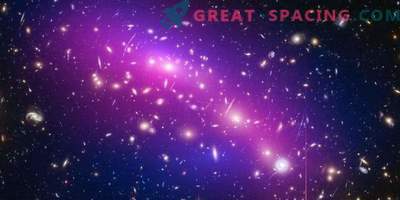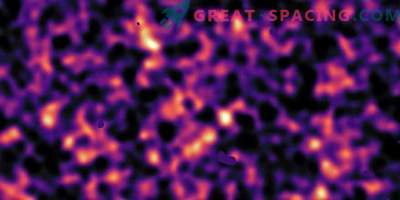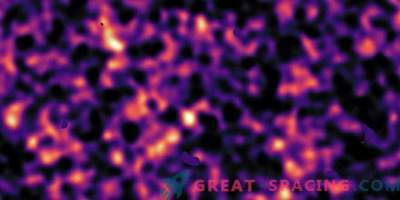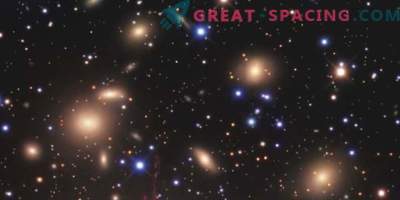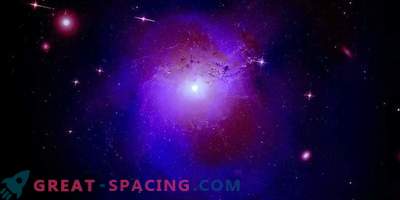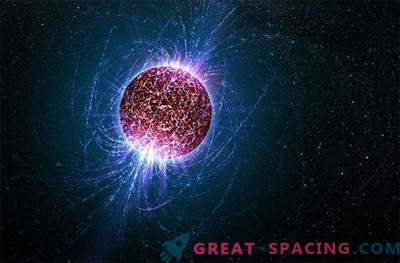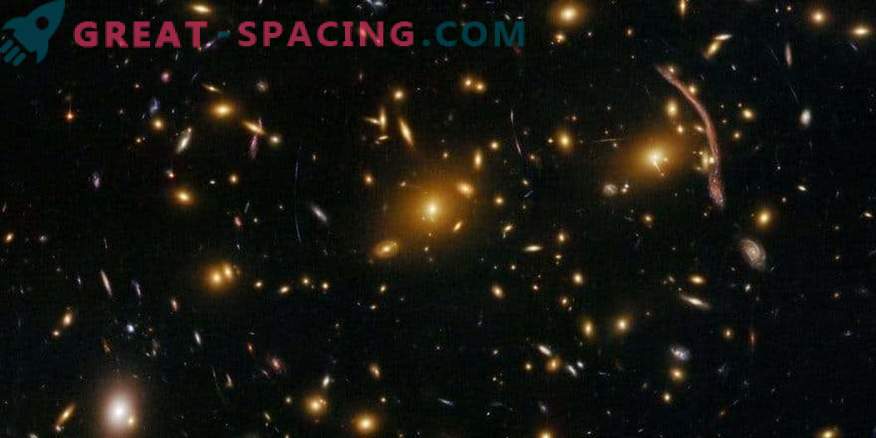
Gravitational lensing in galactic clusters, like Abell 370, helps scientists measure dark matter distribution
The researchers hope to understand one of the most powerful secrets in cosmology, simulating its effect on the galactic cluster. It's about dark energy. It is believed that it is her power that makes the Universe expand faster and faster. The problem is that we know nothing about dark energy, except that it can be almost everything.
Interestingly, the dark energy has the same mysterious sister - dark matter. It is an invisible substance that accumulates around galaxies and prevents them from rotating separately, providing additional gravitational force. The effect of creating a cluster is competing with accelerating expansion from dark energy. But studying the nature of this confrontation will shed light on dark energy.
Gravitational lensing
In the modern world, the only way to observe dark matter is to search for effects of a gravitational effect on another substance or light. A powerful gravitational field can lead to light distortion and bending at long distances. This effect is called gravitational lensing. By comparing dark matter in parts of space, scientists can determine how many clusters of dark matter exist, as well as how dark energy affects them. But the connection between gravitational lensing and the accumulation of dark matter will not be easy. To interpret the data of telescopes, you need to refer to the detailed cosmological models - mathematical representations of complex systems. Researchers are now engaged in the development of such a model, which should have sufficient accuracy to test various hypotheses about dark energy.
Fifth force
One of the exotic theories is that dark energy is the result of the still unexplored fifth force (the other four are gravity, electromagnetism, strong and weak nuclear forces inside atoms). But the most common hypothesis is referred to as the cosmological constant put forward by Albert Einstein as part of the general theory of relativity. It is believed that this is an all-pervasive sea of virtual particles that constantly appear and disappear in the universe.
To exclude Einstein's hypothesis, it is necessary to prove that dark matter is not something permanent. This goal is pursued in the EDECS project. Instead of modeling the process of creating a cluster of gravitational lensing data, everything starts with a dynamic (non-constant) hypothesis about dark energy. As a result, scientists will try to predict how dark matter would condense (if the idea works).
Approaching the limits
There are endless paths of dark energy that can transform in space and time, although observations have allowed us to exclude many theories. Now the focus is shifted to dynamic dark energy. Simulation that tracks the evolution of numerous particles of the “dark matter” of the N-body requires that supercomputers work for long periods of time.
The new model predicts that the dark energy that develops over time should influence the accumulations of dark matter. In turn, this changes the efficiency with which galaxies are formed. Forecasts can be tested with telescopes, such as LSST (Chile), SKA (Australia and South Africa), as well as the Euclid and WFIRST missions (IR telescope). If dark energy turns out to be a dynamic phenomenon, then this will greatly affect cosmology and our understanding of fundamental physics.

